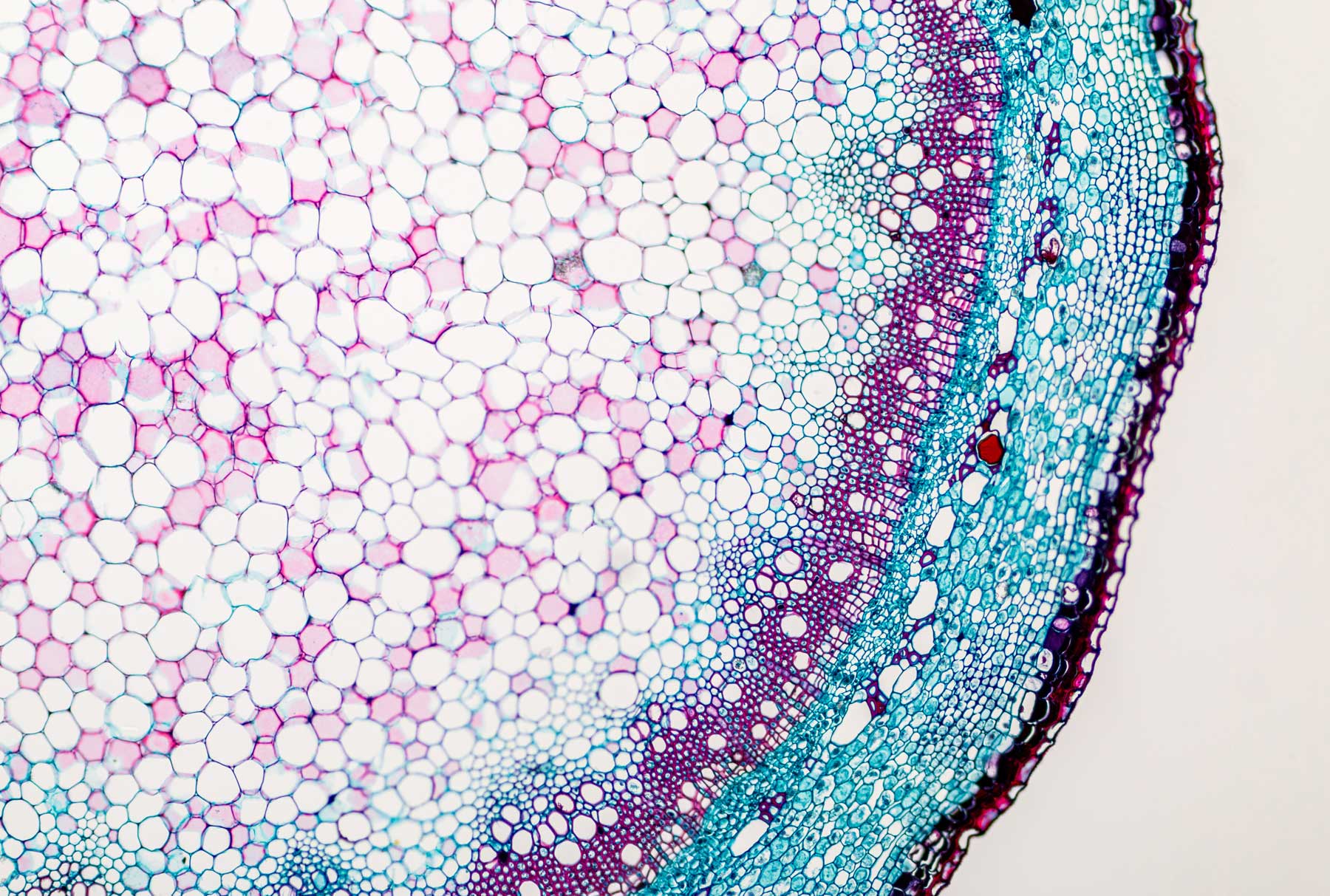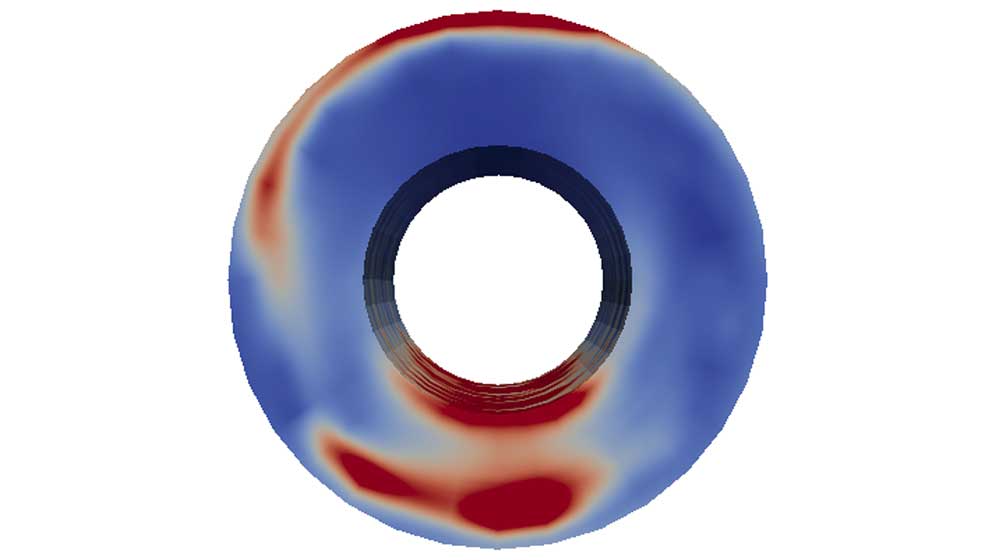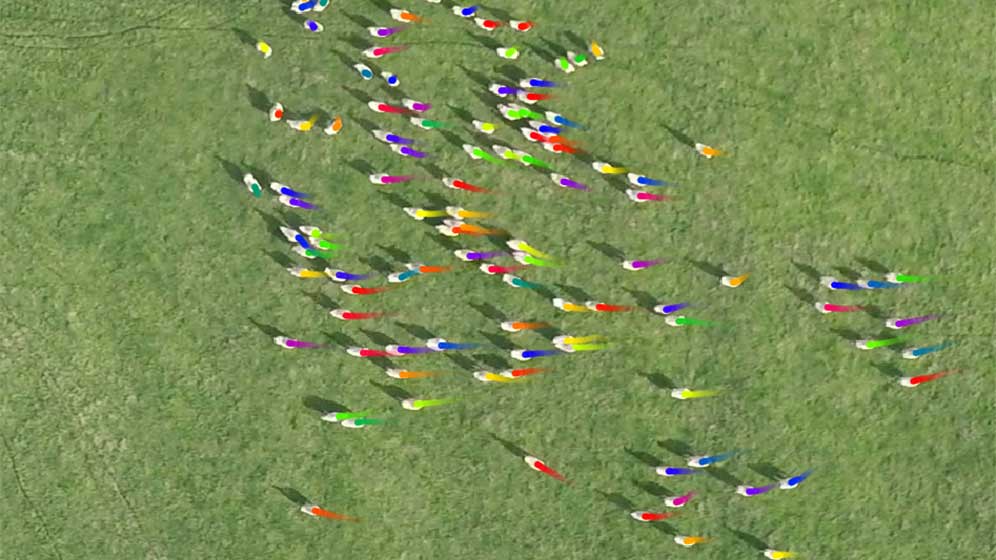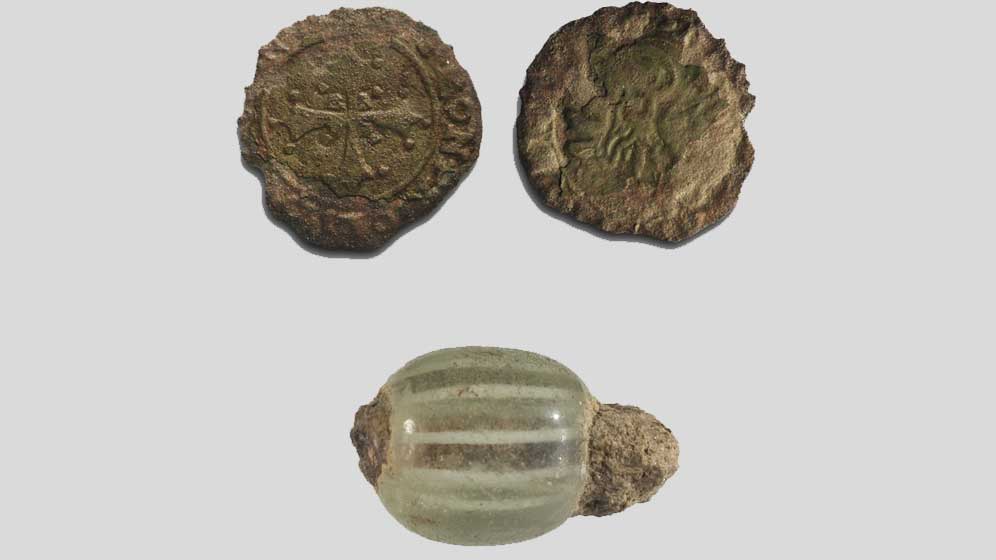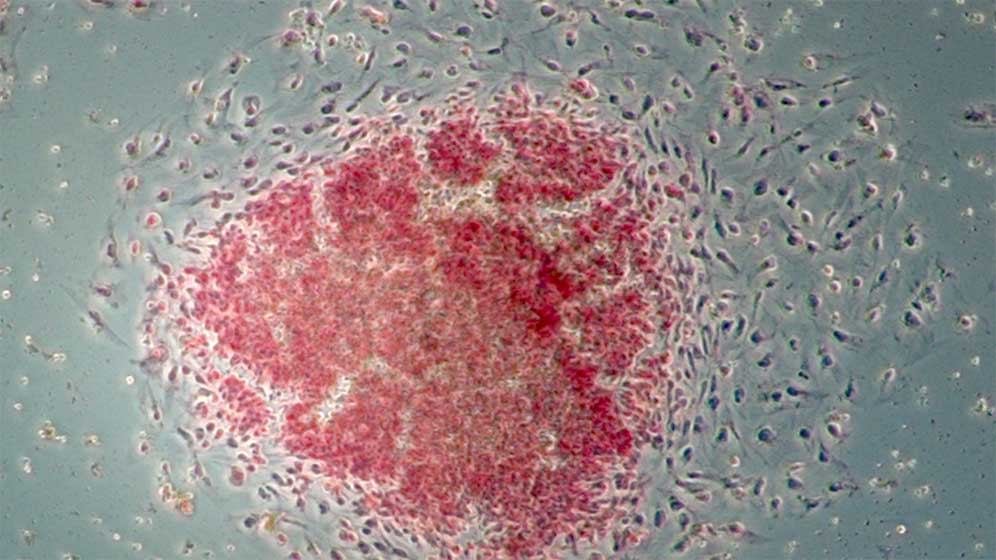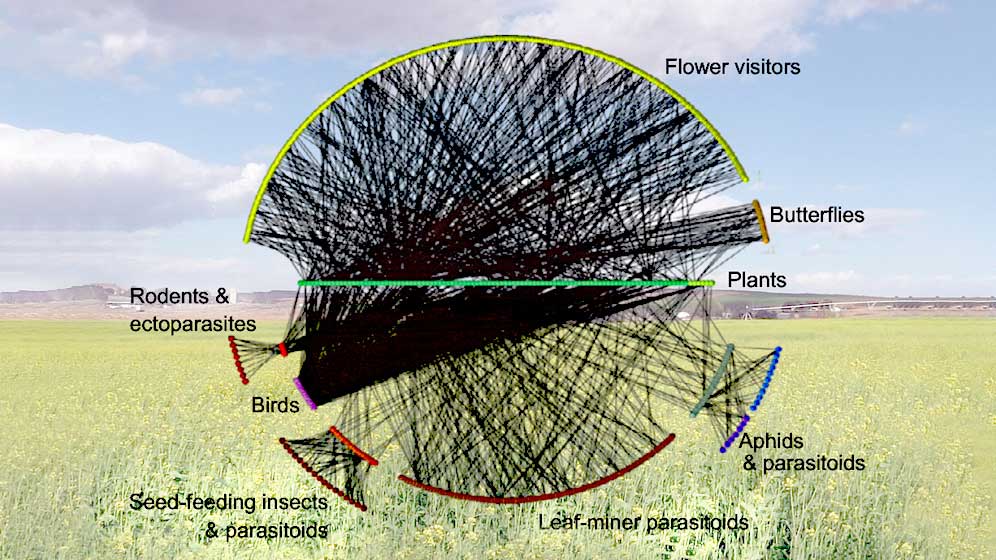Mathematical Biology and Archaeology Research
Our interdisciplinary group uses mathematics to model, understand and interpret biological and archaeological systems.
Stem cells
Using advanced mathematical analysis and modelling, we are working to help understand how stem cells behave
Human pluripotent stem cells are at the forefront of modern molecular biology research. This is due to their ability to give rise to any specialist human cell type. This property is known as pluripotency.
Human pluripotent stem cells are cultured in mono-layer colonies in laboratories. They are cultured for a variety of fundamental and clinical purposes, from understanding the formation of the embryo to producing specific tissue types for clinical applications, therapies and drug testing.
These colonies, and their derivatives, exhibit highly non-trivial behaviour. Their biological state is influenced by:
- cellular interactions
- the chemical and mechanical environment
- the colony geometry
Using advanced mathematical analysis and modelling, we are working to help understand how stem cells behave, from their individual behaviour up to colonies of thousands of cells.
This work is in collaboration with stem cell experiments at the Biosciences Institute in the group of Professor Linda Lako.
People
- Dr Andrew Baggaley
- Dr Nick Parker
- Professor Anvar Shukurov
- Laura Wadkin
Tree disease
We're developing new mathematical models of the spread of disease to provide insights into how to plan, react and inform policymakers if new outbreaks are detected
Native trees are under constant threat from alien pests and diseases. This is exemplified by recent outbreaks affecting ash and sweet chestnut trees. Such outbreaks have massive social and economic impacts. It motivates the need to sustain their existence through suitable planning and management.
Climate change exacerbates this threat by promoting the migration, survival and growth of alien pathogens.
Indeed, the Department for Environmental, Food and Rural Affairs (Defra) has highlighted the importance of modelling in developing robust plans and management policies for minimising the impacts of these threats.
At Newcastle, we are developing new mathematical models of the spread of disease to provide insights into how to plan, react and inform policymakers if new outbreaks are detected.
People
- Dr Andrew Baggaley
- Dr Nick Parker
- Laura Wadkin
Prehistoric population dynamics
Using models we aim to improve our understanding of the nature of the Neolithic and, eventually, of human behaviour in prehistory
The 'Neolithic revolution' involved the adoption of farming and pottery-making by previously hunter-gatherer societies. It took place about 12,000 to 4,000 years ago in Europe.
Many aspects of this process remain obscure or controversial. We can carry out quantitative interpretation of archaeological evidence and mathematical modelling of the processes involved. This significantly improves our understanding of the nature of the Neolithic and, eventually, of human behaviour in prehistory.
Our models are based on the equations of population dynamics (the reaction-diffusion equation). These are adapted to model prehistoric populations and include environmental factors such as:
- rivers and coastlines
- soil types
- climate changes
People
- Professor Anvar Shukurov
- Dr Graeme Sarson
- Dr Andrew Baggaley
- Dr Andrew Golightly
- Dr Kavita Gangal (former PhD student)
Biological fluid dynamics
Our primary focus is the fluid dynamics of swimming micro-organisms such as single-celled algae and bacteria
Biological fluid dynamics is an active, visible, and exciting area of fluid dynamics research.
Studies are in a diverse range of areas including:
- the human cardiovascular system
- aquatic animal propulsion
- the fluid dynamics of how canines drink
Our primary focus is the fluid dynamics of swimming micro-organisms such as single-celled algae and bacteria. Perhaps the most striking example of this is Bioconvection. This is the spontaneous formation of patterns due to active suspensions of such organisms.
The primary reason for our interest in this field is a curiosity-driven desire to understand the natural world. There are also many industrial applications. Algae, in particular, contain a high lipid content (around 60% of their total mass). This can be extracted and converted into biodiesel through a process similar to that used for any other vegetable oil. Understanding the fluid dynamics of these organisms is a crucial element to optimise the design of so-called bioreactors.
People
Collective motion in nature
We investigate some of the properties of this collective behaviour, using numerical models and comparison to observations
Large aggregations of animals sometimes organise themselves into complex, moving patterns.
Striking examples of this are:
- bird flocks (most spectacularly the aerial display of huge numbers of starlings at dusk)
- fish schools
- midge swarms
Perhaps surprisingly, this complex behaviour at the group level can emerge from simple actions of the individual members.
Mathematical models show that a small set of rules, governing the interactions between individuals, can generate sophisticated, dynamic structures on large scales.
We investigate some of the properties of this collective behaviour, using numerical models and comparison to observations.
People
- Dr Andrew Baggaley
- Dr Colin Gillespie
- Hayley Moore (PhD student)
- Jack Walton (PhD student)
Ecological networks
We're interested in understanding the dynamics of species within complex ecological networks
An ecological network is a representation of the interactions between species in an ecosystem. A familiar example of this is the food web. Recent advances in DNA sequencing techniques allow biologists to construct and describe such networks in unprecedented levels of detail.
Here, we're interested in:
- understanding the dynamics of species within complex ecological networks
- predicting network responses to external perturbations
We work in collaboration with colleagues in Biology with real-world ecological data sets. Applications include:
- agriculture
- forestry
- climate-change mitigation
People
- Dr Clive Emary
- Kieran Peel (PhD student)
Join us
We're always on the lookout for high-quality PhD students or postdoctoral researchers to work with. For potential research projects please see the above.
In addition, we frequently have openings for undergraduate summer students.
Email Andrew Baggaley for more information.
